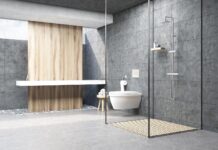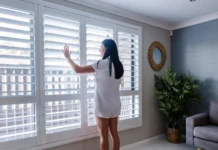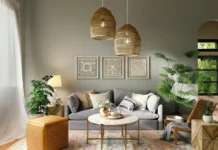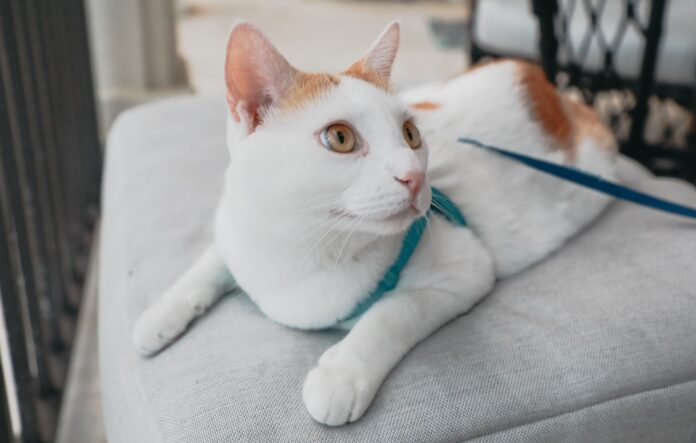
Having a pet in your home brings on more than a few challenges. First, keeping your home clean can be an endeavor in itself with all the hair and mud prints. Secondly, your pet still needs to fulfill his needs for play and exploring. Reconciling the two doesn’t have to be a nightmare. Some compromises have to be made for sure, but in the end, both you and your pet will be enjoying the new space. Here’s how to make your home pet- and human-friendly at the same time.
Mudroom
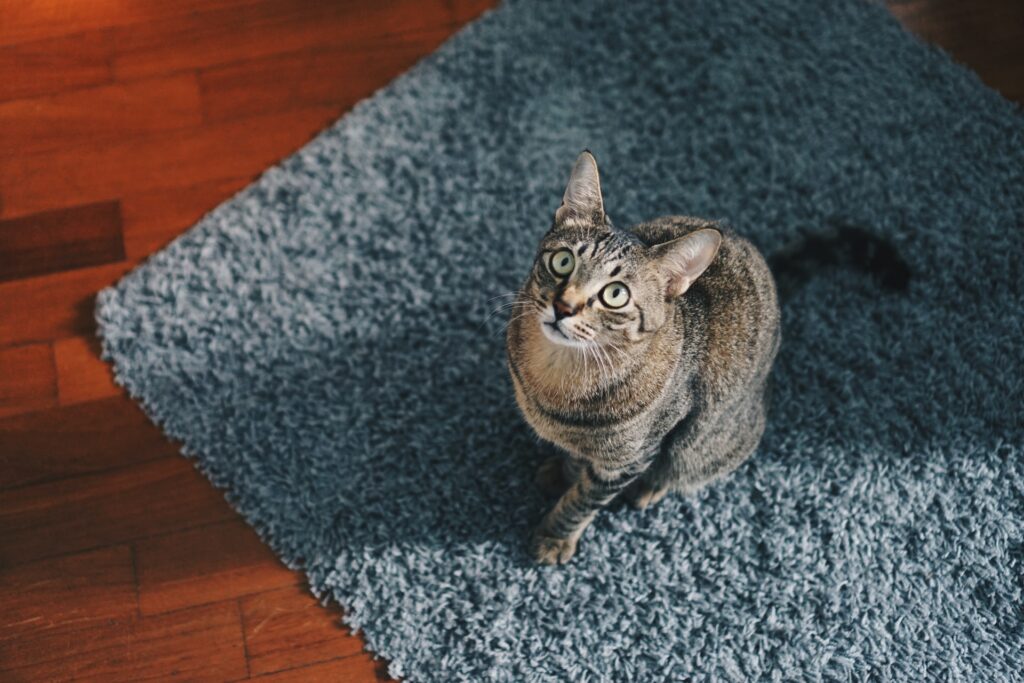
If you have a dog or an adventurous cat, a mudroom is a must in every home. Pets are using every chance they get to play outdoors. Unfortunately for their owners, mud, dirt, and debris are what come in along with your pet inside. To avoid spreading it around the house, have a small space close to the front doors to wipe those dirty paws. This will save you a lot of grief by chasing your pet around the house and cleaning muddy pawprints. Not to mention that he can jump on the sofa or your favorite armchair.
If you have the space available, it would be great to have a little shower close to the backdoor in case they need a full-on wash out after rolling in the mud. If not, wet towels and a hairdryer will do just fine.
Carefully choose the materials
- The most important decision you will make when moving in with a pet in your new home is what kind of materials you’ll use throughout the house. The right choice can make coexisting in a common space a joy, or it can be a total deal-breaker. Four things should be considered: flooring, furniture, walls, and window treatments. Let’s begin.
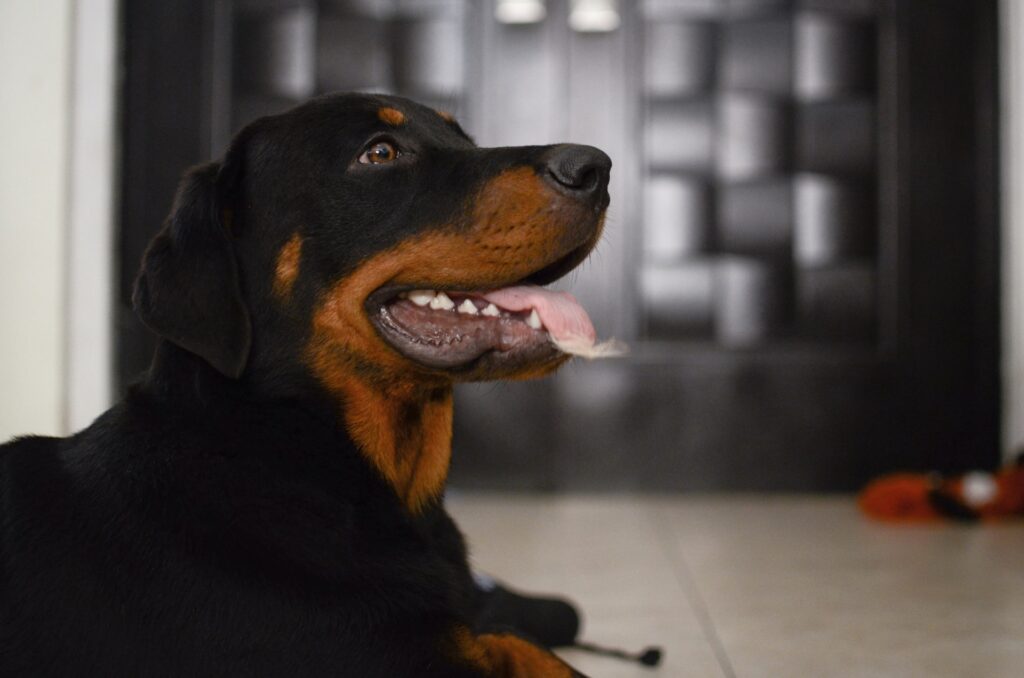
- Ceramic tiles, laminate, and wood flooring should be your number one choice for two reasons. First, cleaning is a breeze. These types of flooring are durable and can put up with your pet’s claws, running, and rolling around the house. Secondly, if you choose wood flooring, according to the real estate agents, it can significantly raise the value of your home in case you decide to put it on the market in the future. If you prefer carpets, choose carpet tiles instead of the wall-to-wall option – that way if your pet has an accident or pulls out the fibers you can easily replace it without changing the flooring in the whole room. Further, when choosing a color, take into consideration the color of your pets’ hair. Darker colors are easier to upkeep, but if you have a light-colored pet every single hair is going to stick out. Getting a good vacuum cleaner is also a must, so check out the latest Dreame Technology that can make living with your pet so much enjoyable.
- Furniture is another battleground if you have furry friends. Tweed, velvet, and silk are the worst possible choices you can make. They are easy to tear even with small claws and are vulnerable to stains. Once the dirt gets into one of those fibers, there is no cleaning it out. For these reasons, many parents go with microfiber. It’s durable, easy to clean, and can endure all sorts of scratches. In case you prefer leather furniture since it’s also easy to clean, take into consideration frequent claw drags and scratches that are impossible to remove.
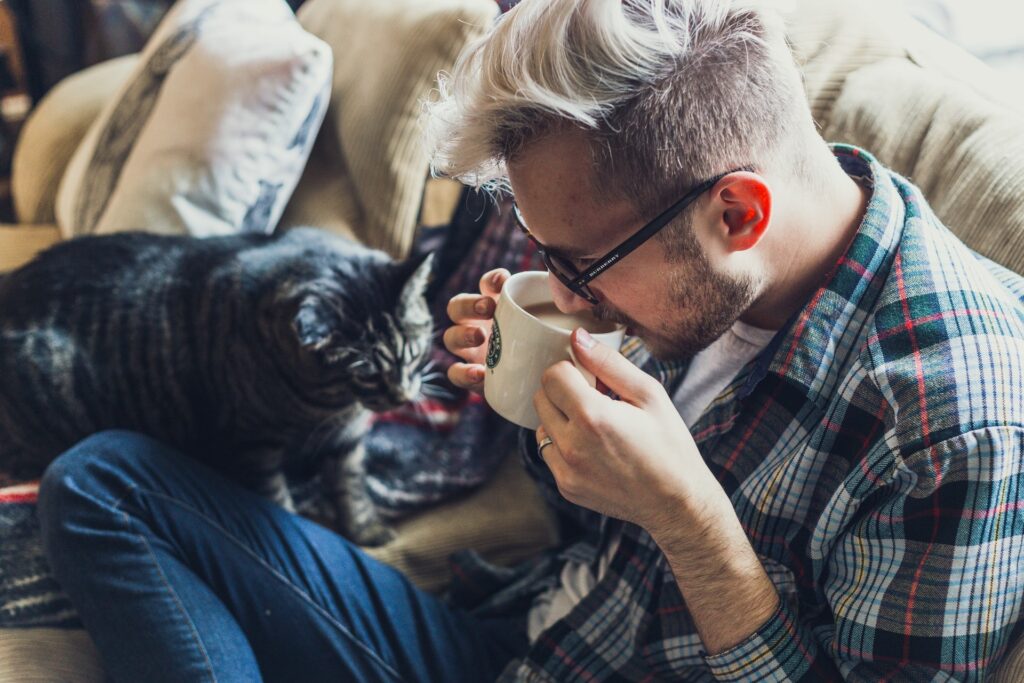
- You might think that choosing a wall type is not important when you’re living with a pet. This might be true if you have a hamster. However, if your pet is canine or a feline, be careful when choosing a wall. First, and the most important thing is to pick washable paint for the walls, especially the ones where your pet likes to put his paws or rubbing against it frequently. Washing them off is way easier than having to paint the same wall over and over again. Also, smooth walls are not going to attract so much hair as the highly-textured ones.
- Say goodbye to beautiful draperies that embody amazing window woodwork and sheer curtains. When you’re a pet parent, think blinds. Maybe, if your pet is not hyperactive or is not interested in being a neighborhood watchdog, or a cat, you can try with sheer curtains only that will always be open, just in case. Otherwise, pulled up blinds would be the best long-term investment. Just don’t forget to pull up a chair, or some old sofa close to the windows so that your pet doesn’t have to hold on to the window frame by his claws.
Play zone
To keep your pet busy and to keep him or her away from exploring every corner of your home, if possible, always have a designated area that’s going to serve exclusively as a play zone. Pets will get used to it quickly relieving you of cleaning the whole house every day. Make sure to have plenty of pet toys to keep them entertained, and if you have a teething puppy, give him something to chew on, besides the table leg. Put their beds there too, so they will know it’s their space in the home. Cats are tough cookies, so play areas probably won’t work. For feline friends, get some specially designed furniture where they can climb and jump from all day long.
Food bowls
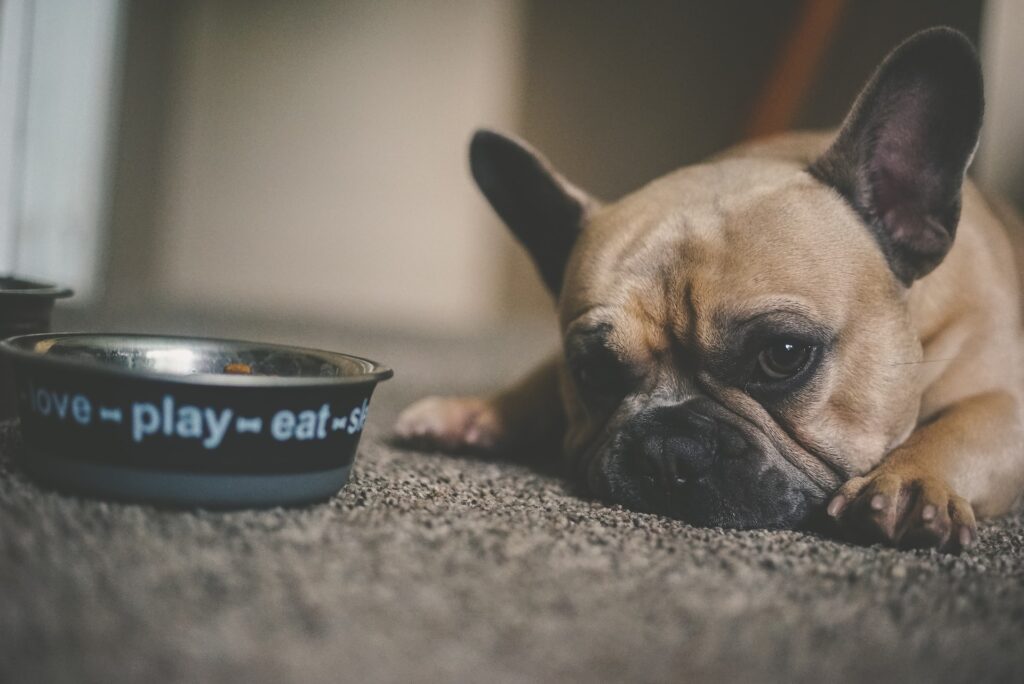
Every pet guards its food bowl with its life. It’s a primal instinct that served them well in the wilderness. But we’re not living in the woods anymore, and food bowls should be kept away from the pets when not in use. Leaving them out on the kitchen floor all day long will only remind your pet to beg for some more food, or play with it by kicking and carrying it around dropping crumbs along the way. So, once your pet is done with his meal, put them away until the next feeding to spare yourself some extra cleaning. Needless to say, make sure your pet can’t reach it in the meantime.

